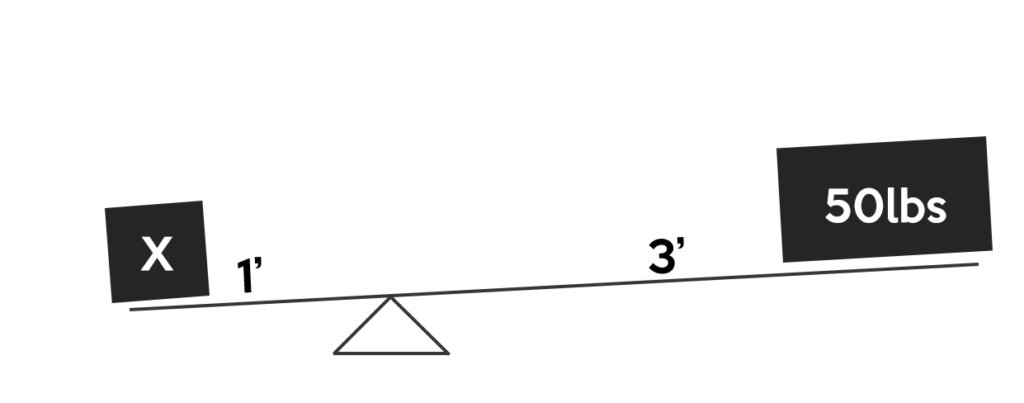Basic Private Pilot Ground School
-
Lesson 1: Your First Flight6 Topics|1 Quiz
-
Lesson 2: Maneuvers and the Traffic Pattern6 Topics|1 Quiz
-
Lesson 3: Understanding the Wind and Turns6 Topics|1 Quiz
-
Lesson 4: AOA, Stalls, and Other Scary Things5 Topics|1 Quiz
-
Lesson 5: Ground Reference, Maneuvers, and FARs4 Topics|1 Quiz
-
Lesson 6: Building Good Landings5 Topics|1 Quiz
-
Lesson 7: The Less Busy Airspace: G, E, D3 Topics|1 Quiz
-
Lesson 8: Class A, B, and C Airspace: The Busier Side of the Sky4 Topics|1 Quiz
-
Lesson 9: Flying Blind and Performance Calculations4 Topics|1 Quiz
-
Lesson 10: Soft and Short Field T.O.'s + Landings4 Topics|1 Quiz
-
Lesson 11: Start Your Engines: Engines, Systems, and Instruments6 Topics|1 Quiz
-
Lesson 12: Weight and Balance, Navigation Systems4 Topics|1 Quiz
-
Lesson 13: Luck with Weather6 Topics|1 Quiz
-
Lesson 14: Your First SOLO!2 Topics|1 Quiz
-
Lesson 15: VFR Charts and Navigation5 Topics|1 Quiz
-
Lesson 16: Weather Charts and Services6 Topics|1 Quiz
-
Lesson 17: Aeromedical Factors, ADM, FARS5 Topics|1 Quiz
-
Lesson 18: Flying at Night3 Topics|1 Quiz
-
Lesson 19: Cross Country Flight Planning4 Topics|1 Quiz
-
Lesson 20: Test Prep5 Topics|2 Quizzes
The Weighing and Balancing Act
How much to put where?
Manually calculating weight and balance is really the same as your basic high school math class. Take the example below to warm up your brain and get in back into math mode if its been a while since you were in a high school math class. After that, go ahead and watch the video above and follow along while taking notes to work through the example weight and balance problem.

Example: If there is a box 1 foot from the pivot point and a box three feet from the pivot point, and the box three feet from the pivot point weighs 50lbs, how much does the box 1 foot from the pivot point need to weigh to balance the beam?
Answer: 50lbs x 3′ = 1′ x (some weight)
50×3 = 150 (means the box three feet away is acting upon the beam with 150FT-lbs of force, and the other box being only 1 foot away would need 150lbs to equal the 150ft-lbs.
If box X was 2 feet away from the pivot point it would need only 75lbs.
